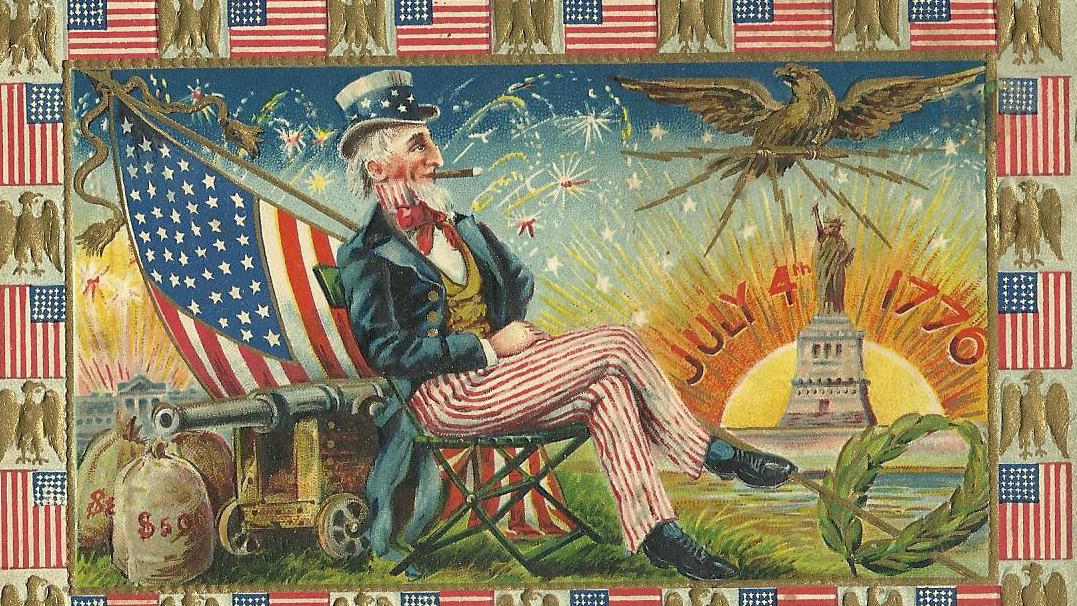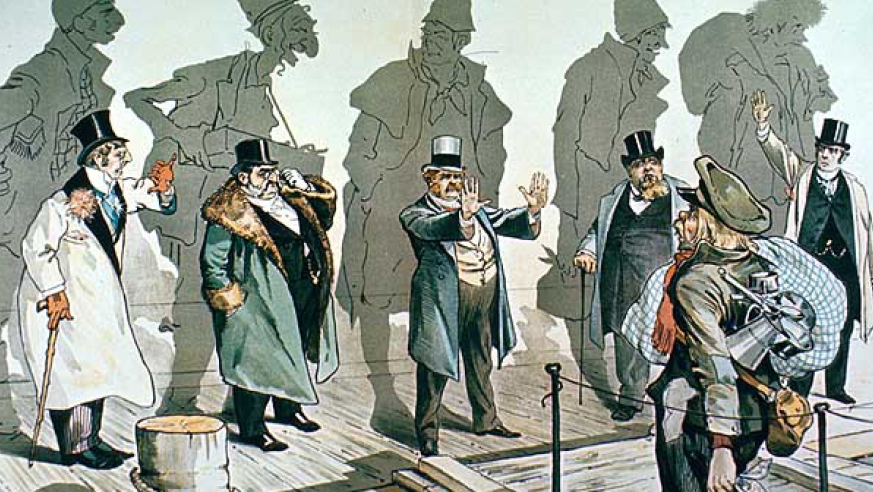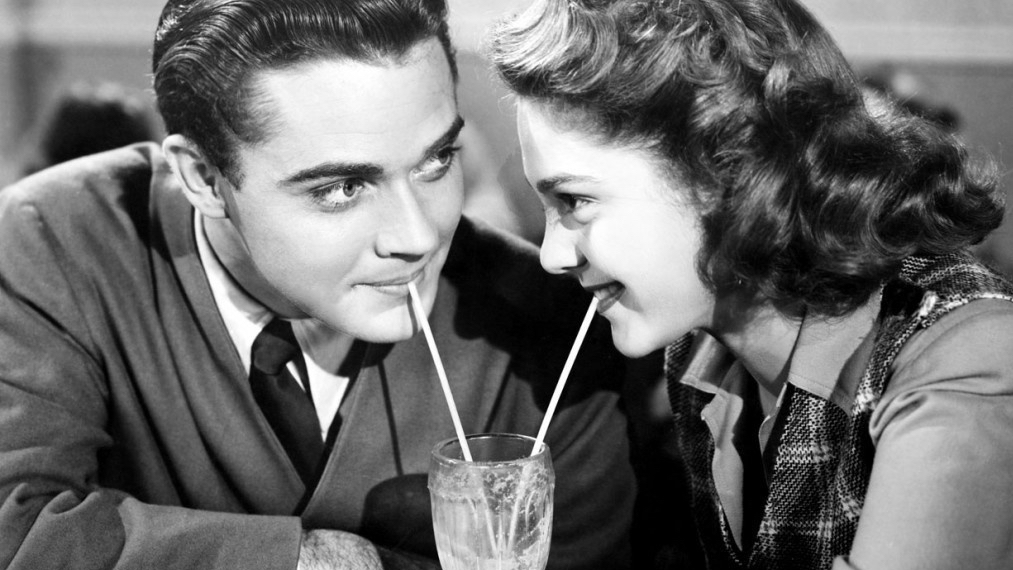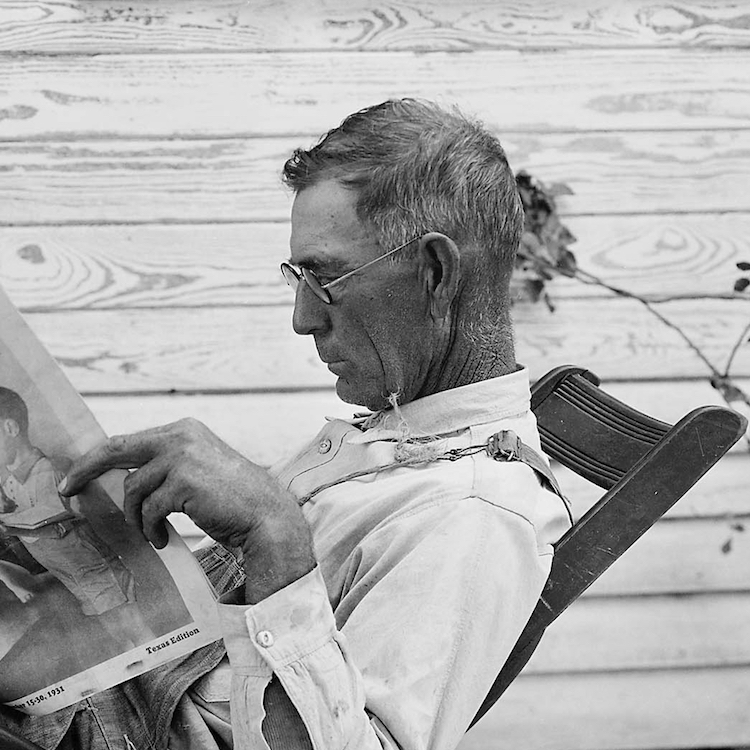The Know-Nothings were a briefly successful political party in the mid- 1850s, whose political platform had two main planks. One was an attempt to duck the slavery question by leaving the issue to individual territories and states. The other was a strong dislike of the Pope, and a wish to restrict Catholic immigration into the United States.
They got their name from their habit of answering “I know nothing,” when asked about their activities. They were also known as the American Party, and even as Native Americans. Their symbol was a picture of a well-dressed young man named Sam, evidently intended to be a nephew of Uncle Sam. Young Sam even appeared in political cartoons, while sometimes the newspapers sarcastically called the Know-Nothings “Sam,” and their doctrines as “Samism.”
But another short-lived party sprang up in reaction to the Know-Nothings. They called themselves the Know-Somethings, and tried to be as different from their opponents as possible. They also had a young man symbol of their own, named Gus.
For example, the Know-Nothings, as their own name implies, were as secretive as possible, with their special signals, codes, and handshakes. Members were never to talk about the Party or their membership in it.
In contrast, the Know-Somethings proclaimed the existence of their party, and were allowed to mention their membership in it. There were no secret handshakes, either.
The Know-Something platform said, “Neither nature nor the Constitution of our country recognize the right of man to property in man.” Officially, the Know-Somethings wanted no slavery in the territories, and no more slave states added to the Union.
Although the party wanted no discrimination against Catholics coming into the U.S.A., it did dislike the Papacy, calling it a “political despotism,”—its one major similarity to the Know-Nothings.
Finally, the Know-Somethings wanted direct election for all state and federal political offices. They were probably thinking in particular of U.S. Senators, who were chosen back then by state legislatures, instead of by direct vote.
The Know-Somethings first appeared in Cleveland, and began organizing across the northern and western states. On January 13, 1855, they held a convention of the free states. New additions to their platform included encouraging “internal improvements” by the federal government, and allowing temperance or prohibition, though only at the state level.
Another convention was held in June 1856, but curiously enough, the Know-Somethings apparently ran no Presidential candidate for the 1856 election, and faded away soon after. The Know-Nothings did run former President Millard Fillmore, but he only carried the state of Maryland.
Probably many Know-Somethings drifted into the new, more successful Republican Party, and voted for its candidate John C. Fremont. The Republicans did have a platform similar to the Know-Somethings in some ways, such as internal improvements and restricting the spread of slavery.
###
Sources: The Cadiz Democratic sentinel—Cadiz, Ohio,—February 21, 1855, page 1.; Vermont watchman and State Journal—-Montpelier, Vermont—January 26, 1855, page 2.; The Feliciana Democrat—Clinton, Louisiana—June 30, 1855, page 2.; The Evening Star—Washington, D.C.—March 24, 1856—page 4.








